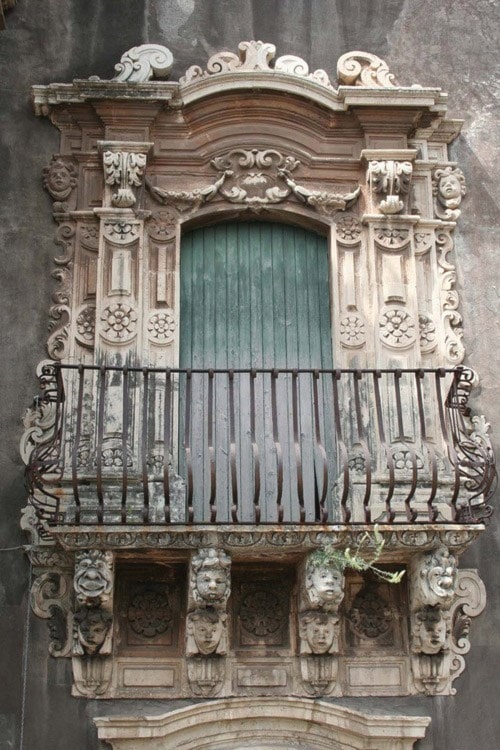NOTO, Italy—After a splendid morning spent driving through a sunlit landscape spangled with orange groves, lemon trees and palms, I steer our little rental car up a series of narrow, meandering streets. My friend doesn’t say a word as I negotiate hairpin curves—after two days driving in Sicily, we have an unspoken rule not to talk during what could be stressful times.
However, this hilly route to the town of Noto turns out to be rather peaceful. We see no signs of life, and many of the streets are one-way. For a time, it seems as if we are lost in a maze. Then we arrive at our destination and gasp in delight at what is surely one of Europe’s prettiest tucked-away baroque treasures.
Noto (pop. 23,000), in the southwestern tip of Sicily, was named a UNESCO World Heritage Site in 2002. It has a disaster four centuries ago to thank for the designation: in 1693, the town was the epicentre of a massive earthquake, which led to its rebuilding in a lavish style that came to be known as Sicilian baroque. The result is an architecturally splendid city of flamboyant churches, palaces and civic buildings, decorated with richly carved columns, grotesque masks, towering belfries and elaborate wrought-iron balconies.
A stroll along the old town’s main avenue, Corso Vittorio Emanuele, and connecting streets shows us some of the highlights. As we enjoy the Palazzo Ducezio, once one of Noto’s fine private homes, now the town hall, we can’t get over how quiet everything is. Here we are in the central piazza and we see so few people! (The modern section of Noto, along Viale Marconi, we will later find, is much busier.)
Touring with guidebook in hand we feel a little bit like we’re visiting a deserted movie set. We climb the ornate staircase of San Francesco church and admire the balconies of the Palazzo Nicolaci, festooned with weird faced masks and mythological characters. One of my favourite buildings, among the many memorable sights, is the Palazzo Landolina, once home to the city’s oldest noble family. It was one of this family’s members, Giovanni Battista Landolina, who planned and laid out the new baroque town.
Noto’s elevation to UNESCO World Heritage status has helped with the restoration of some of its exquisite buildings to their former glory. The best example is the Palazzo Villadorata, aswirl in richly brocaded walls and sumptuously frescoed ceilings.
As well as enjoying the wonderfully florid baroque architecture, my friend and I have another quest in Noto: to find dessert heaven. My friend had seen a story in the New York Times on the Caffè Sicilia, whose fourth-generation owner/chef, Corrado Assenza, is well-known by food lovers, especially those fond of ice cream and pastries.
We easily find the café, then the difficult choices follow: do we go with a Sicilian favourite, the yummy cannoli, or try the unique basil gelato or a cake that oozes with pistachios and orange peel? Or do we just go baroque and have a helping of everything?
Explore More:
For information on travel in Italy visit the Italian Government Tourist Board website at www.enit.it.
